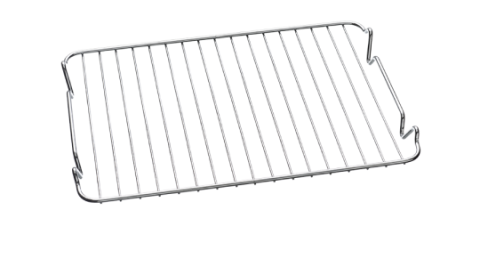Troubleshoot
Belling Design sinks are manufactured from genuine 18/10, 304 grade stainless steel, for optimum durability.
During the lifetime of the sink and with regular use, scratching of the sink will occur which is most noticeable when the sink is new.
Scratching is completely normal as no stainless steel sink is manufactured to withstand impact from hardened metal utensils, plates and other common items used in the kitchen. Overtime, scratches in the steel will appear less noticeable as your sink ages and it develops a unique finish where scratching eventually blends into the sinks grain.
Stainless steel sinks do not rust, however the appearance of rust may occur when certain contaminants come into contact with the steel.
Rust deposits on the surface of stainless steel sinks are generally due to one of the following factors:
a) Steel wool pads: Often used for cleaning these will leave steel deposits on the sink which could cause rust marks to appear. Therefore direct use on the sink should be avoided.
b) Ordinary steel containers, utensils or kitchen ware: Items like tin coated steel cans or pots can leave rust marks and stain the sink if they are left to sit for prolonged periods of time.
c) Iron deposits: Often found in water, iron particles left on the sinks surface can lead to rust marks. Iron and metal filings are also common in new builds where water lines or new tapware that has been installed, have not been adequately flushed out.
In the instance that rust deposits form, we recommend to lightly scrub with a mild cleanser in the direction of the sink’s grain. Particles need to be completely removed to stop them from returning and it is also important to thoroughly dry the sink after cleaning.

